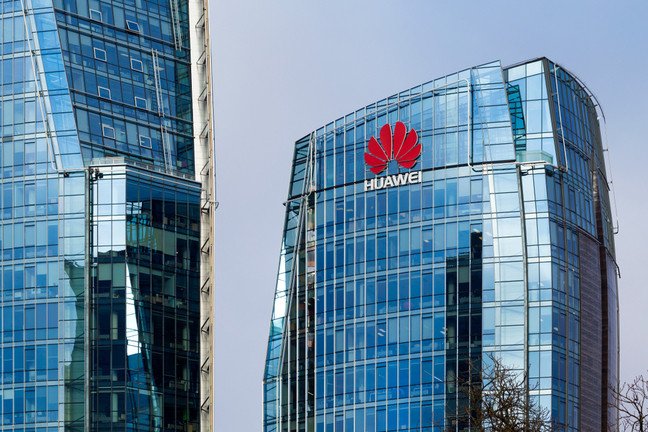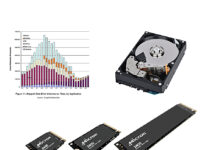Huawei has launched a new all-flash OceanStor Pacific array, the 9920, and revealed some details of its compression and ransomware recovery.
The China-based megacorp competes with the big guns of storage and has a wide storage product portfolio: OceanStor Dorado all-flash, OceanStor Hybrid, OceanStor Pacific distributed storage, FusionCube HCI, and OceanProtect backup storage.
The new 9920 has a scale-out design with a fully symmetrical distributed architecture, however, it is actually five arrays in one as it has a versatile design with CPU type and drive variations based around a 2RU chassis. This can be powered by either two Arm-based Kunpeng 920 processors or, in performance-intensive H-Series guise, two Intel Xeon SP CPUs.
The Kunpeng-powered chassis can have either 12 x 3.5-inch or 25 x 2.5-inch drive bays used for SAS or NVMe drives. The H-series can have 12 x 3.5-inch or 25 x 2.5-inch SAS slots, or 12 x 3.5-inch or 24 x 2.5-inch NVMe drive bays. It’s a complicated picture overall.
A Kunpeng node can provide up to 20GBps bandwidth and run at up to 230,000 IOPS with a consistent 1ms latency. The faster Intel H-Series runs up to 800,000 IOPS. As nodes scale out, the bandwidth and IOPS totals increase.
A 9920 Kunpeng system supports NFS, SMB, POSIX, MPI-IO, HDFS, and S3 storage access, while an Intel-based H-Series supports SCSI, iSCSI, and OpenStack Cinder.
Data access is by TCP or RoCE across 25 or 100GbitE or 100Gbps EDR InfiniBand. The 9920 provides data redundancy based on erasure coding with an N+M scheme where M can be 2, 3 or 4, indicating the drive recovery number. If data is lost, there is automatic and concurrent data rebuilding at a 2TB per hour rate with Kunpeng processors and 4TB/hour with Xeon CPUs. The H-Series also supports 3-copy mode instead of erasure coding.
Huawei says that, with its FlashLink technology and AI Fabric network acceleration, a single 9920 system can meet the application performance requirements of millions of virtual machines with workloads such as virtualization (cloud resource pools), databases, high-performance computing, AI applications, and big data analysis.
The 9920 can be be used on its own or to provide a flash storage tier for the disk-based OceanStor Pacific 9540.
OceanStor compression and ransomware protection
Huawei’s OceanStor software suite has smart application-aware compression. For example, the company has developed its own algorithms for compressing JPEG images used in digital pathology, claiming an up to 59:1 compression ratio when its software is used versus a 38:1 compression ratio without its software.
Its software can take a base 1.8:1 GZIP compression ratio in gene sequencing and increase it to a 3:1 ratio, we’re told. In this instance, the software semantically parses input data and recognizes certain application file types, such as digital pathology and gene sequences. It can then use multi-frame correlation and reference-based compression to increase the data reduction ratios by up to 50 percent. Huawei says its software also has adaptive boundary recognition to reduce partition information entropy, and this alone can increase the compression ratio by up to 20 percent more.
An OceanCyber appliance can monitor OceanStor Pacific IO patterns in real-time via data copy snapshot security scanning. It can detect ransomware attacks, with a claimed 99.9 percent identification accuracy, and then provide recovery from a so-called isolation zone across air gaps using secure snapshots in a WORM file system. Recovery can start within seconds of an attack being detected.
The extortion detection starts before any ransomware event with blocklists and trustlists. IO behavior is monitored for in-process events using user behavioral analysis. Huawei’s software also runs periodic detection scans for ransomware in files.
Huawei products are effectively unavailable in the US. Outside the US, and in regions and territories where its products are sold, Huawei products represent formidable storage system competition.








